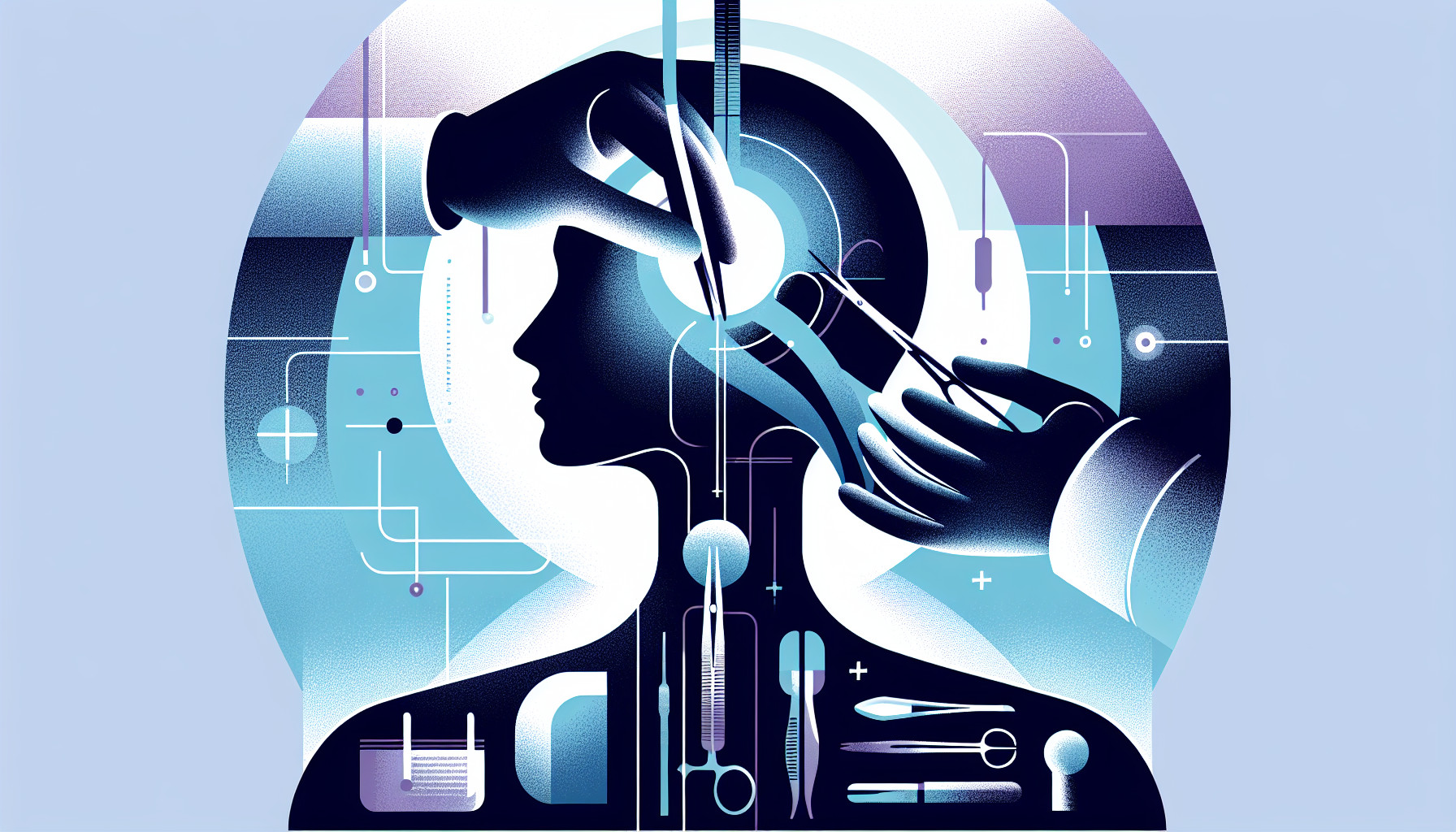Our Summary
Corticosteroid resistance (CR) is a problem that makes treatment of chronic inflammatory diseases such as allergies difficult. This study explores how a protein called livin might be involved in causing CR. Researchers extracted cells from the noses of patients with allergies and examined how different genes were behaving in those cells. They found that in patients with CR, the cells had high levels of livin. This protein was linked to increased activity of another protein called thymic stromal lymphopoietin (TSLP), which in turn made certain immune cells resistant to corticosteroids. The team also found that removing livin or blocking TSLP made these cells less resistant. This suggests that targeting livin or TSLP could be a new way to treat allergies in patients with CR.
FAQs
- What is corticosteroid resistance (CR) and why is it a problem for treating allergies?
- How might the protein livin be linked to corticosteroid resistance in allergy patients?
- Could targeting livin or TSLP be a potential new treatment for allergies in patients with corticosteroid resistance?
Doctor’s Tip
A doctor may advise a patient undergoing nasal polyp removal to continue taking any prescribed corticosteroid medications as directed, as these can help reduce inflammation and prevent the growth of new polyps. Additionally, the doctor may recommend following up with regular nasal saline rinses to keep the nasal passages clear and reduce the risk of polyp recurrence. It is important to follow the doctor’s instructions closely and attend all follow-up appointments to ensure proper healing and optimal outcomes.
Suitable For
Patients with chronic inflammatory diseases such as allergies who are corticosteroid resistant may be recommended nasal polyp removal. Specifically, patients with high levels of the protein livin in their nasal cells, which is linked to corticosteroid resistance, may benefit from this procedure. Additionally, targeting livin or TSLP could be a potential new treatment approach for these patients.
Timeline
Before nasal polyp removal:
- Patient experiences symptoms of chronic inflammatory diseases such as allergies, including nasal congestion, runny nose, facial pain or pressure, and decreased sense of smell.
- Patient may undergo various treatments such as corticosteroid nasal sprays, antihistamines, decongestants, and nasal irrigation to manage symptoms.
- In cases of corticosteroid resistance, patient may not respond well to treatment and continue to experience persistent symptoms.
After nasal polyp removal:
- Patient undergoes nasal polyp removal surgery, either through endoscopic sinus surgery or traditional surgery.
- Recovery period may involve discomfort, congestion, and nasal drainage for a few days to weeks.
- Patient may experience improved breathing, reduced nasal congestion, improved sense of smell, and overall relief of symptoms.
- Follow-up appointments with the surgeon may be needed to monitor healing and ensure proper recovery.
- Patient may be advised to continue using medications such as nasal sprays or rinses to prevent polyps from recurring.
What to Ask Your Doctor
What are the risks and benefits of nasal polyp removal surgery?
What is the expected recovery time after nasal polyp removal surgery?
Will I need any follow-up appointments or treatments after the surgery?
Are there any specific lifestyle changes I should make to prevent nasal polyps from recurring?
How will my sense of smell be affected after the surgery?
What are the potential complications of nasal polyp removal surgery?
Will I need to take any medications after the surgery to prevent nasal polyps from coming back?
Are there any alternative treatments to nasal polyp removal that I should consider?
How long will the effects of the surgery last?
How often will I need to have follow-up appointments with my doctor after the surgery?
Reference
Authors: Xue JM, An YF, Suo LM, Mo LH, Yang G, Luo XQ, Liu DB, Zhao CQ, Yang PC. Journal: Int J Biol Sci. 2021 May 13;17(8):2089-2098. doi: 10.7150/ijbs.58427. eCollection 2021. PMID: 34131408
